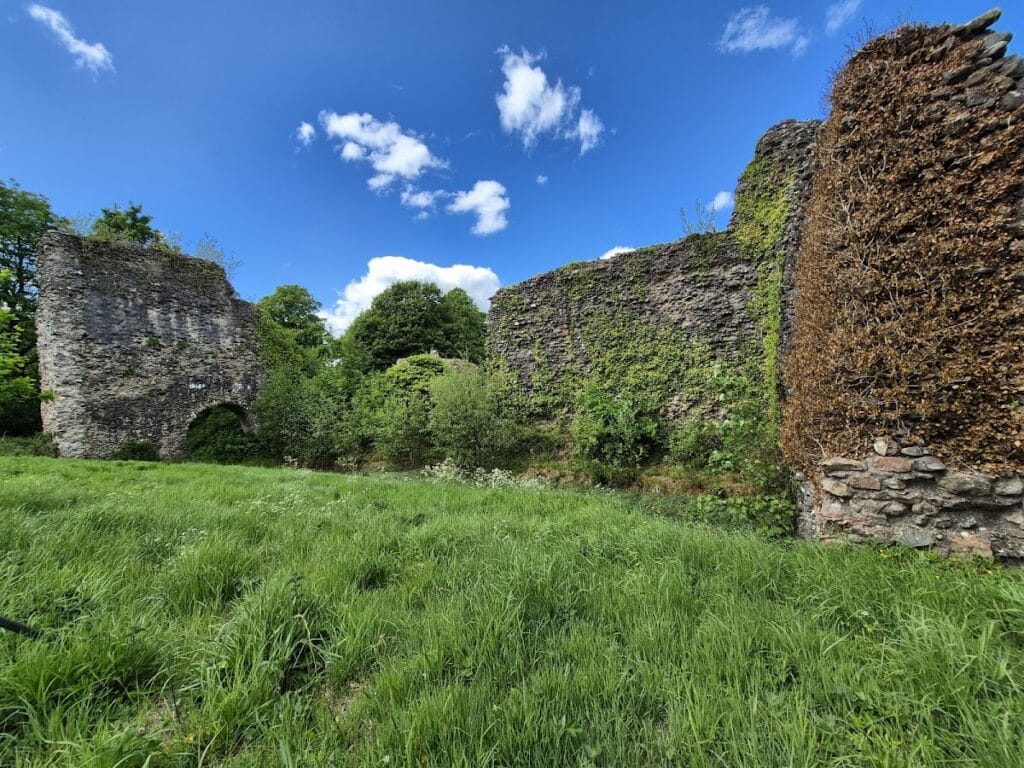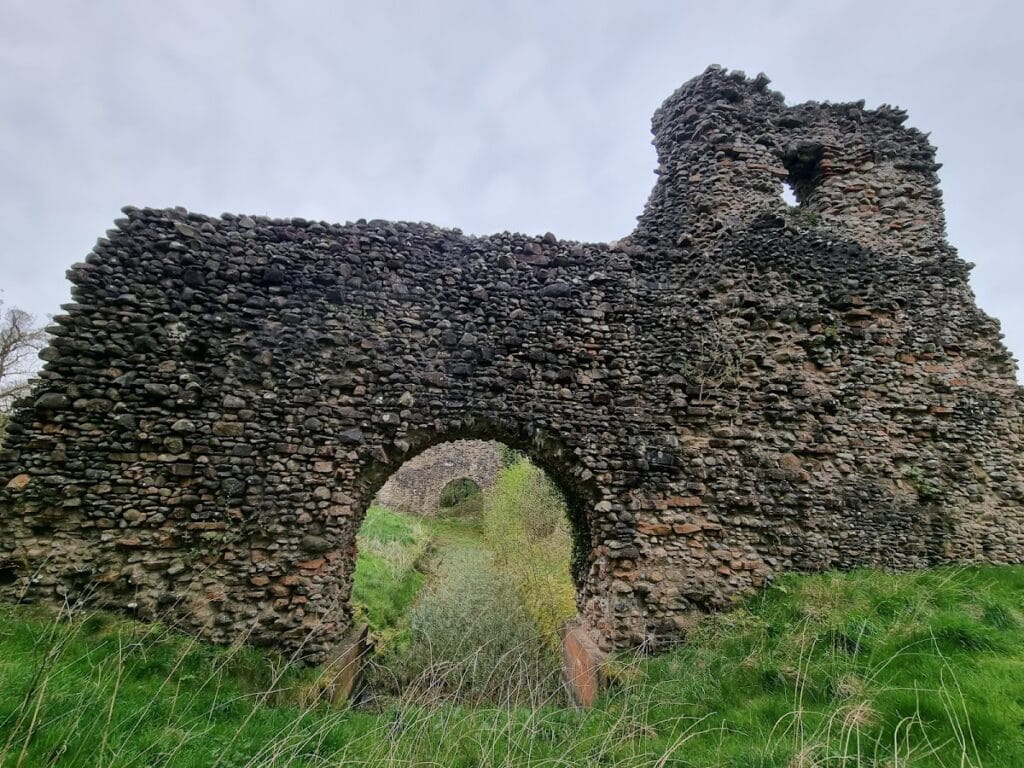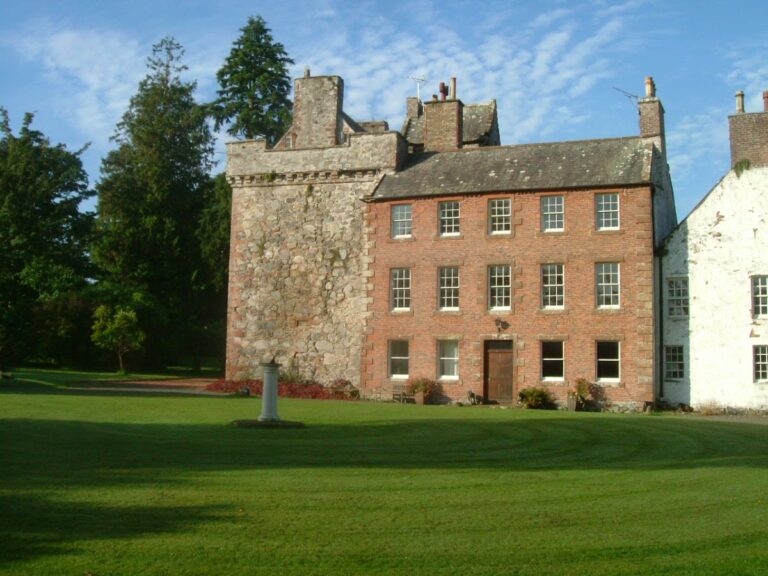Lochmaben Castle: A Medieval Stronghold in Scotland
Visitor Information
Google Rating: 4
Popularity: Low
Google Maps: View on Google Maps
Official Website: www.historicenvironment.scot
Country: United Kingdom
Civilization: Medieval European
Remains: Military
History
Lochmaben Castle is situated in the town of Lochmaben, within the modern boundaries of Scotland. Its origins trace back to medieval times when it was established by the Norman-affiliated Scottish lord Robert de Brus, Lord of Annandale.
The earliest fortification at the site began around 1160 with the construction of a motte-and-bailey castle, a type of early medieval timber and earthwork stronghold, located just south of where the present-day ruins stand. This wooden structure served as a defensive residence for Robert de Brus and his successors during the period of Norman expansion and consolidation in Scotland.
Around the year 1300, during the turbulent Wars of Scottish Independence, King Edward I of England replaced the initial wooden fortification with a more formidable stone castle. Positioned strategically on the south end of Castle Loch, the stone stronghold was designed to assert English control in the contested border region. Its construction marked a shift towards more durable and imposing military architecture capable of sustaining prolonged sieges.
Throughout the 14th and 15th centuries, the castle experienced frequent changes in ownership, reflecting the ongoing conflict and political turmoil in the Scottish Borders. Notably, in 1384 or 1385, Archibald Douglas, Lord of Galloway, captured the castle after a siege lasting nine days and subsequently ordered its destruction. Later, the castle passed through the hands of the Earls of March and eventually came under the control of Alexander Stewart, the Duke of Albany. By 1487, a parliamentary act integrated Lochmaben Castle directly into the holdings of the Scottish Crown.
In the late 15th century, King James IV undertook significant rebuilding efforts at Lochmaben. A large hall was added in 1504, constructed by a local mason named Gluffar and roofed with timber sourced from nearby forests. During the 16th century, the castle played a key role as a royal stronghold and military base. King James V utilized it in 1542 as a staging area for the Battle of Solway Moss, underscoring its ongoing strategic importance during skirmishes along the border. The castle also figures in the campaigns of the Rough Wooing, a series of conflicts between Scotland and England.
In 1588, following its seizure by Lord Maxwell, Lochmaben Castle was besieged and recaptured by King James VI. After the successful assault, the garrison’s defenders were executed, reflecting the violent nature of border warfare at the time. The castle’s military significance waned in the early 17th century; it saw a final siege before gradually falling into disuse. Although James VI allocated funds for its repair in 1624, no major restorative work was carried out. Today, the hereditary keeper of the castle remains the Earl of Mansfield, with the site now recognized as a scheduled monument under the care of Historic Environment Scotland.
Remains
Lochmaben Castle occupies an elevated position adjacent to Castle Loch, covering an area approximately 170 by 90 meters. Its layout reflects the typical form of a medieval stone fortress, with a clear division between inner and outer courtyards, originally separated by a water channel that connected to the loch on both sides. This feature would have enhanced the castle’s defensive capabilities by limiting access routes.
The surviving ruins include sections of the inner courtyard’s large frontage, with partial walls of the wings still standing. Evidence of the former drawbridge’s depth remains visible, indicating where the main entrance once spanned the water channel. The stonework preserved at the site mainly dates from the late 14th century, replacing earlier wooden palisades and earthworks linked to the castle’s motte-and-bailey origins. Remnants of these earlier earthworks can still be seen around the castle grounds, offering a glimpse into its initial phase of construction.
One notable architectural addition from the early 16th century is the hall built in 1504. This structure was erected by a mason named Gluffar, using timber harvested from local woodlands for its roofing. Although little remains of this hall standing today, its historical presence underlines the castle’s role as a royal residence and administrative center during James IV’s reign.
Due to the current instability of the masonry, visitors cannot enter the castle ruins; they are viewable only from the outside. The site sits on slightly raised terrain, naturally fortified by surrounding forest and marshy land, which historically contributed to its defense. Aside from structural elements, no inscriptions, decorative carvings, or symbolic markings have been recorded at Lochmaben Castle. The remains thus offer a tangible link to the castle’s medieval past while illustrating the evolution of military architecture from timber fortifications to enduring stone construction.







